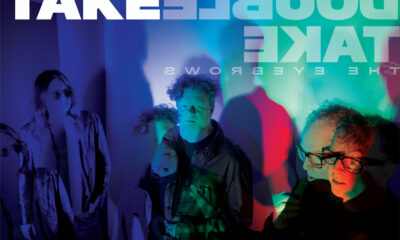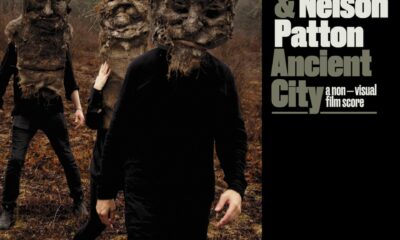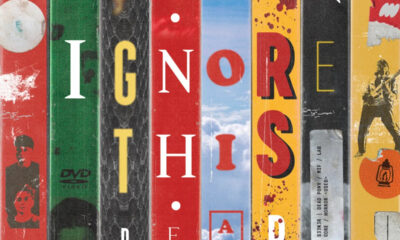Album Review
Tanzwut – “Seemannsgarn” [Album Review]
Seemannsgarn (AFM Records), Tanzwut’s eleventh album in twenty years, follows a similar formula to the Neue Deutsche Härte-meets-metal-meets-medieval-meets-gothic recipe that has served them well in the past, but the narrative-based grey area between neo-folk and industrial is where Tanzwut really come into their own.
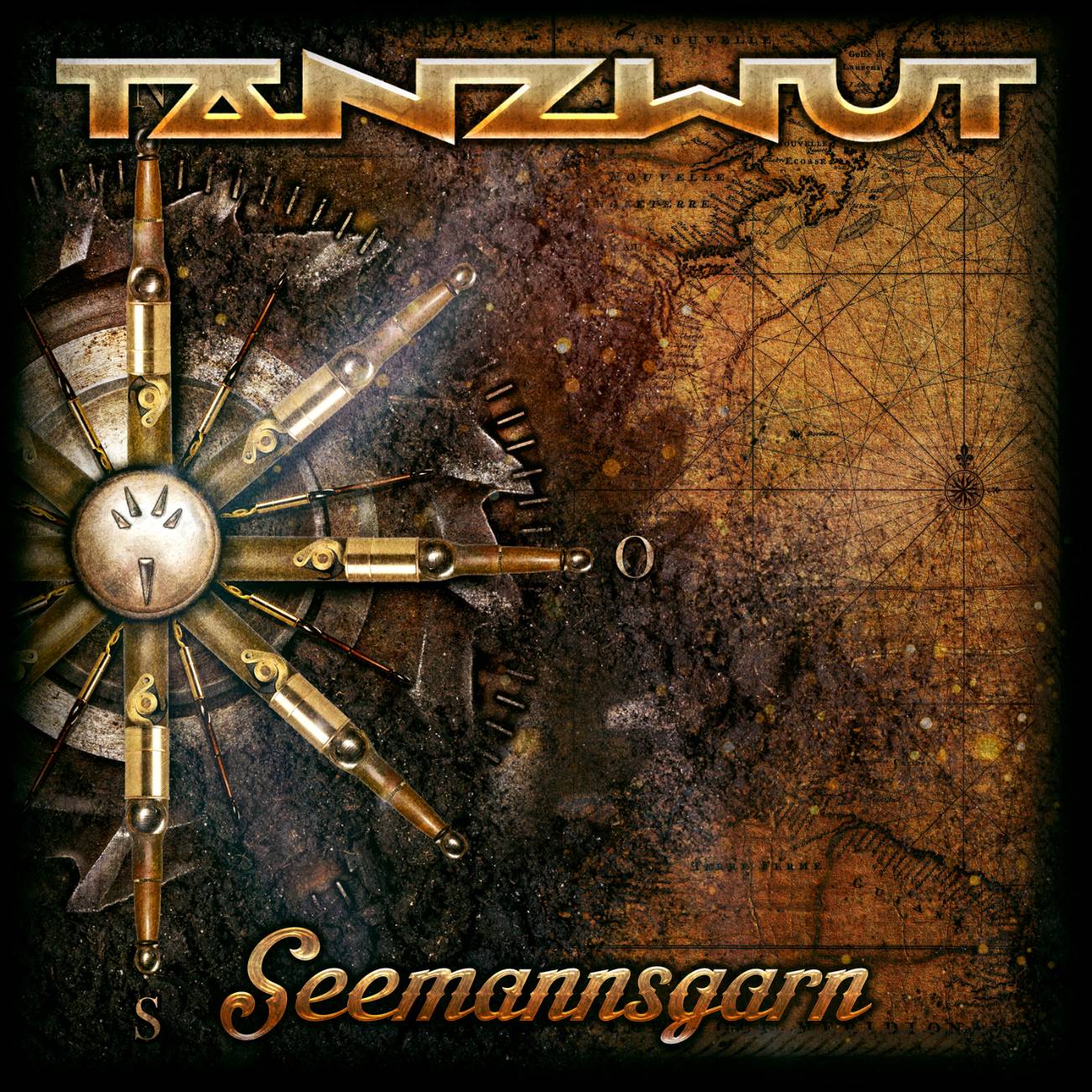
Since becoming aware of Tanzwut around the turn of the millennium, they’ve represented something of a musical quandary for me: as a fellow bagpiper, I have the deepest respect for their adoption of this much-maligned yet noble historical instrument as the central voice of their Neue Deutsche Härte (NDH) based industrial metal sound. However, as a fellow bagpiper, I have to heap scorn on their decision to adopt such a socially intractable instrument as the central voice… You get the idea.
The reason I bring this up is that bagpipes are the inescapable theme in Tanzwut: where other bands in the NDH collective opt for the greater range of sound, dynamism and expression of synthesizers, bagpipes are front and centre in the compositional process and the final mix – a double-reeded, shrill voice that, while rich in history and tradition, remains a tricky beast that doesn’t play well with other instruments – not even other woodwinds – and doesn’t lend itself to much in the way of tonal variance or musical range. The Great Highland Bagpipe, for example, only recognizes a scale of nine notes, with no official half tones – and said scale is Mixolydian in theory, but more of a jazzy, blue-note variant thereof in practice.
The instruments Tanzwut employ may not have these limitations, being hand-crafted bespoke pieces made by Meister Selbfried, the founding member and musical historian behind Corvus Corax – the more traditionally medieval musical performance group that shares a number of members with Tanzwut – but their sonic signature is entirely built on the fairly one-dimensional nature of these instruments.
Cantus Buranus, a retelling of the original Carmina Burana opera with no relation to Carl Orff’s more famous version.
Given the inherent peculiarities of the bagpipe, it’s quite remarkable that ten albums and twenty years later, Tanzwut are still going strong and Seemannsgarn, their eleventh (find some order options here), follows a similar trend of metal-meets-medieval-meets-gothic that has served them well in the past. It’s also worth noting that they aren’t alone in this rather odd niche genre: bands like In Extremo, Eisbrecher and Saltatio Mortis have all embraced the Rammstein/Rennaisance Fair hybrid model and their continued presence at large European summer festivals – Wacken, Wave Gotik Treffen and Amphi, for example – speaks volumes as to their continuing popularity. A recent revived interest in neo-folk projects like Wardruna, Heilung or Helheim may also be contributing factors in Tanzwut’s longevity.
Building on that history, Seemannsgarn itself is fairly limited, tonally, building chug-heavy riffs around bagpipe folk melodies, but it does still achieve a fair range of expressive styles, from the goth ballad of title track “Seemannsgarn” through to the mosh-pit-readiness of “Galgenvoegel” and “Das Gewissen” or the guitar-led (surprisingly!) “Schwarzes Gold.”
Dig into the band’s newest album with the single “Galgenvögel. Stream it here:
Musically, “Reden ist Silber” presents some gorgeous pacing and a huge, bombastic wall of sound that suits the band’s NDH associations while cuts like “Die letzte Schlacht” and “Gib mir noch ein Glas” (either version, the original or the collaboration with Kärbholz) are more power metal than industrial, and perfect anthems for festival performance. “Ich bin der Nachtwind” shines, not only for Teufel’s most expressive vocal performance on the album, but for the delicacy of the acoustic guitar melody that stands in diametric opposition to the frontal assault of the bagpiping.
But it’s the narrative aspect of the album that makes it memorable (if you’re fluent in German, that is); a “Seemannsgarn” is a sailor’s yarn, and this collection of tall tales is engaging, clever and theatrical – exactly what you’d expect from a band with such a marked history of outlandish costumes, stage shows and bizarre instrumentation. That instrumentation comes through in “Francois Villon” – itself a retelling of the Parisian poet’s meeting with the devil – which features additional traditional instruments like the cister, nyckelharpa and bandoneon and, consequently, comes across as a real bardic storytelling experience. It’s here, in this grey area between neo-folk and industrial, that Tanzwut really come into their own: the more “metal minded” offerings are fun, well-arranged pieces, but the authenticity, nostalgia and respect evoked by the more emotional songs on Seemannsgarn are the true winners.
Watch the video for “Unsere Nacht,” from 2014’s Eselmesse album, which encapsulates this.
As an album, the 59-odd minutes of Seemannsgarn can easily become too much of the same – even for someone with a history of and appreciation for bagpiping – but in a longer Neue Deutsche Härte or industrial metal playlist, individual tracks are not only welcome additions, but stand-out moments, notable for the unique register the bagpipes impart.
Seemannsgarn Track Listing:
01. Seemannsgarn
02. Galgenvoegel
03. Reden ist Silber
04. Die letzte Schlacht
05. Schwarzes Gold
06. Ich bin der Nachtwind
07. Der Puppenspieler
08. Francois Villon
09. Das Gewissen
10. Schmiede das Eisen
11. Gib mir noch ein Glas
12. Im freien Fall
13. Herrenlos und frei
14. Gib mir noch ein glas (feat. Kärbholz)
Run Time: 58:48
Release Date: June 7, 2019
Record Label: AFM Records
-

 Alternative/Rock8 hours ago
Alternative/Rock8 hours agoThe V13 Fix #010 w/ High on Fire, NOFX, My Dying Bride and more
-

 Hardcore/Punk7 days ago
Hardcore/Punk7 days agoHastings Beat Punks Kid Kapichi Vent Their Frustrations at Leeds Beckett University [Photos]
-

 Alternative/Rock6 days ago
Alternative/Rock6 days agoA Rejuvenated Dream State are ‘Still Dreaming’ as They Bounce Into Manchester YES [Photos]
-
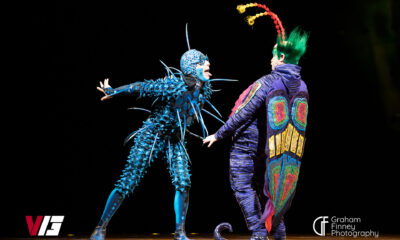
 Culture1 week ago
Culture1 week agoCirque Du Soleil OVO Takes Leeds Fans on a Unique, Unforgettable Journey [Photos]
-

 Music1 day ago
Music1 day agoReclusive Producer Stumbleine Premieres Beat-Driven New Single “Cinderhaze”
-

 Indie1 week ago
Indie1 week agoMichele Ducci Premieres Bouncy New Single “You Lay the Path by Walking on it”
-

 Culture2 days ago
Culture2 days agoDan Carter & George Miller Chat Foodinati Live, Heavy Metal Charities and Pre-Gig Meals
-

 Alternative/Rock1 week ago
Alternative/Rock1 week agoWilliam Edward Thompson Premieres His Stripped-Down “Sleep Test” Music Video

